Better Addiction Care Blogs
Better Addiction Care, a leading US directory for addiction recovery, has acquired the website and digital content rights of the National Alliance for Model State Drug Laws (NAMSDL), a nonprofit devoted to advancing state-level policies to address substance use disorders.
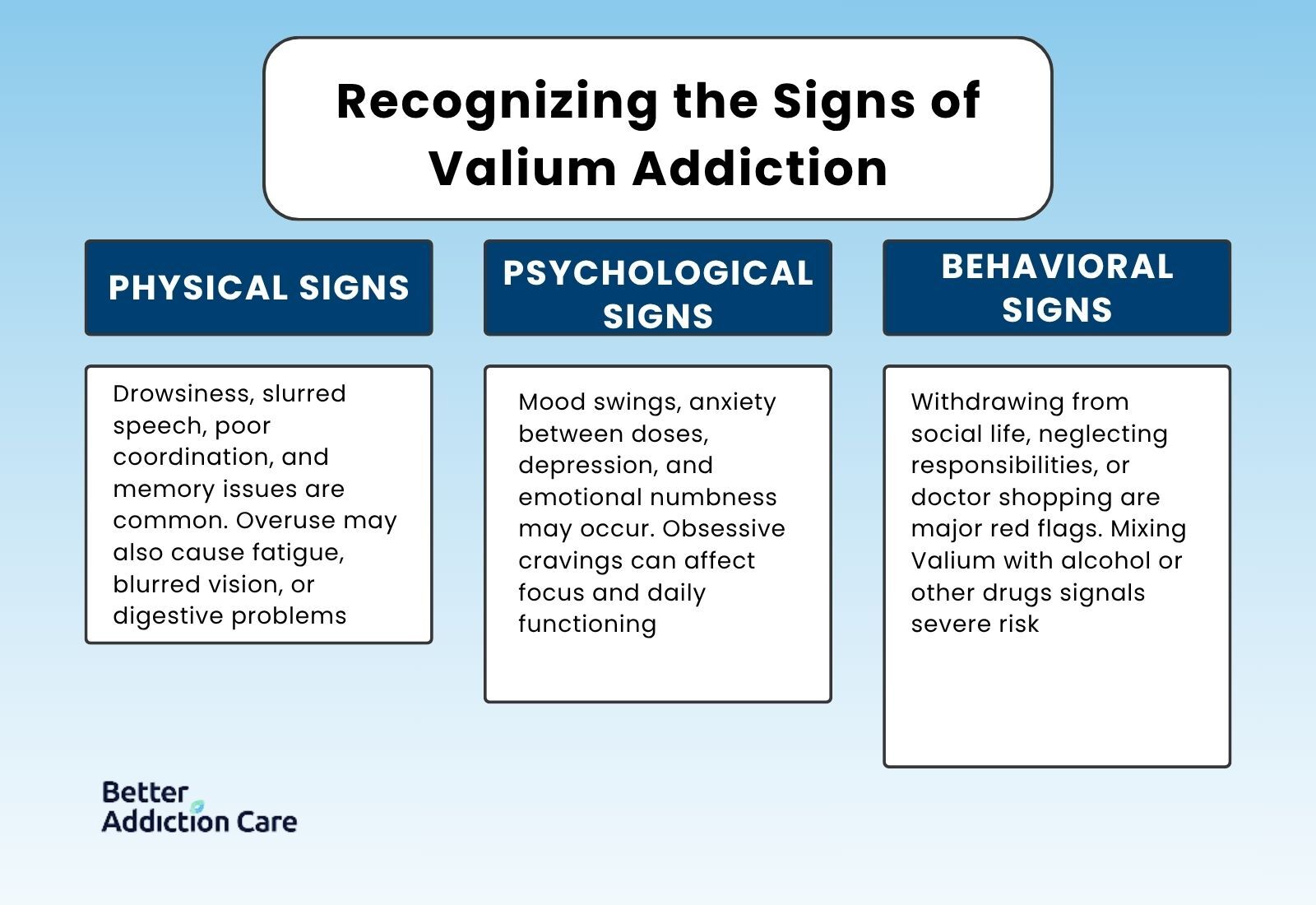
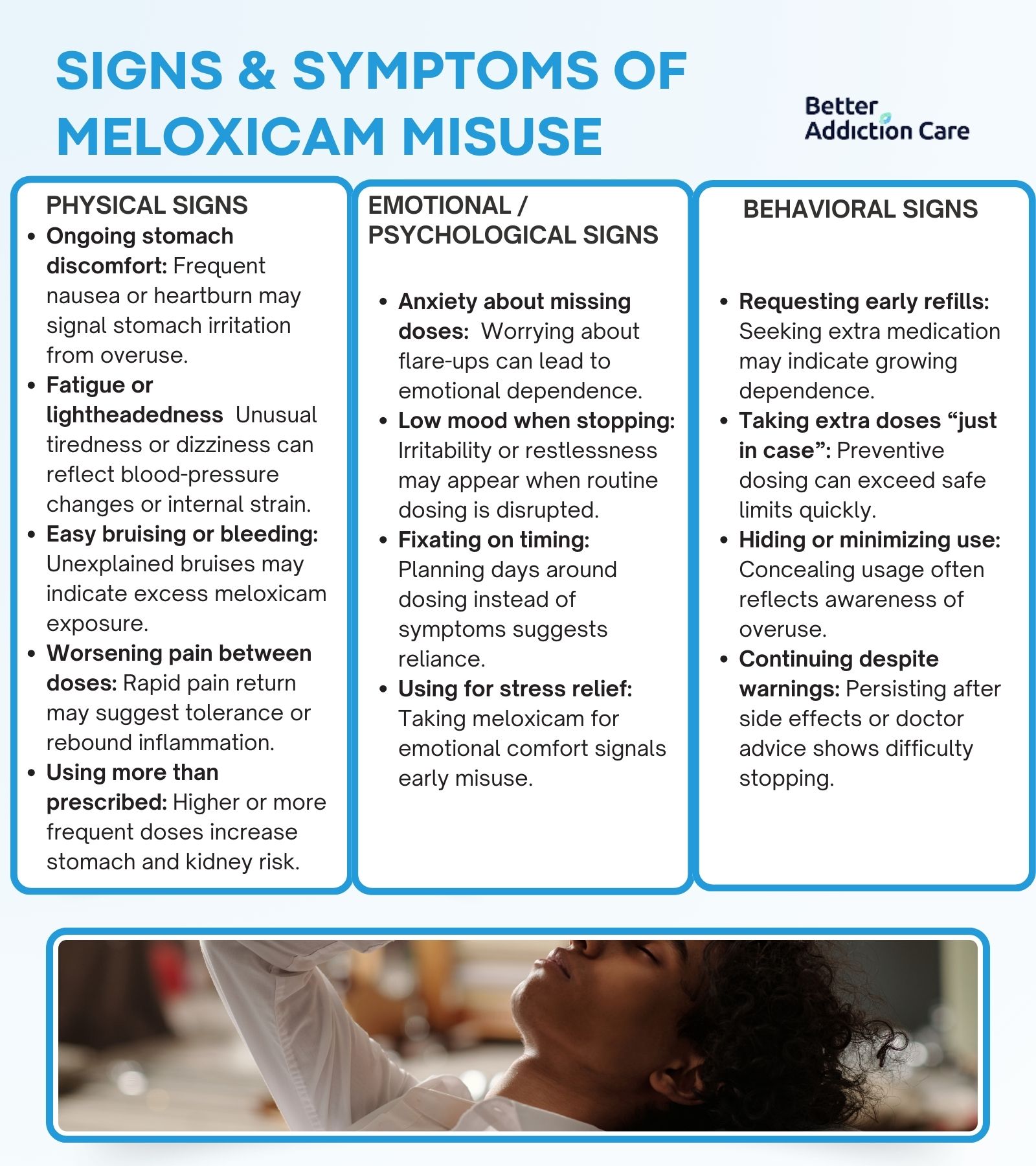
Many people are first introduced to meloxicam after surgery or when arthritis pain begins interfering with daily life.
It’s often seen as a safer alternative to opioids—non-narcotic, effective, and easy to tolerate. But over time, confusion can arise.
Some notice they “need it every day” just to function, or fear that missing a dose will bring their pain roaring back. Families may wonder: Can you get addicted to meloxicam?
Many people are first introduced to meloxicam after surgery or when arthritis pain begins interfering with daily life.
It’s often seen as a safer alternative to opioids—non-narcotic, effective, and easy to tolerate. But over time, confusion can arise.
Some notice they “need it every day” just to function, or fear that missing a dose will bring their pain roaring back. Families may wonder: Can you get addicted to meloxicam?
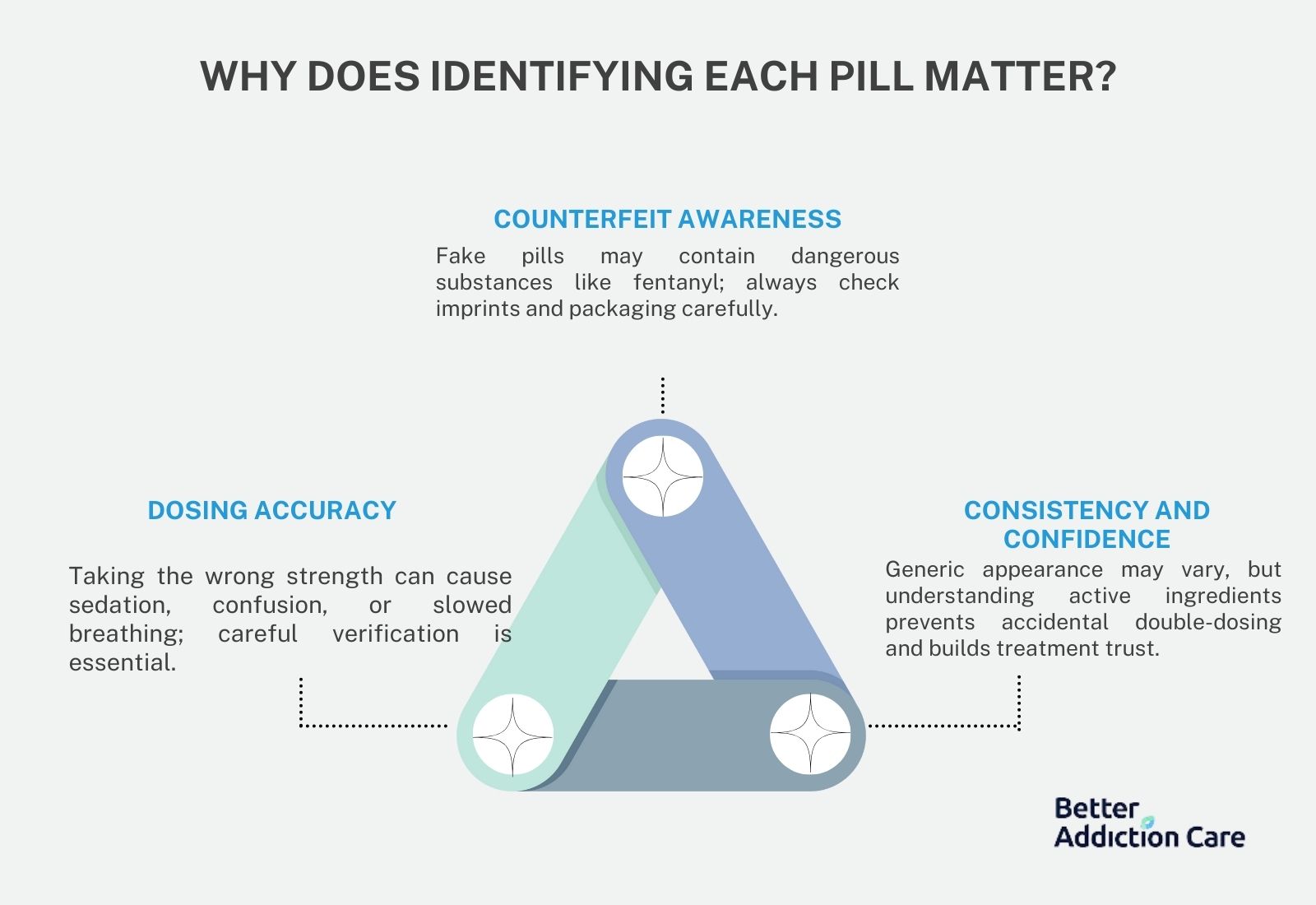 @esle
@esle

What should I know about Valium?
Valium (generic name: diazepam) is a benzodiazepine medication prescribed to treat conditions such as anxiety disorders, muscle spasms, alcohol withdrawal symptoms, and seizures. It works by calming the brain and nervous system activity.
What should I know about Valium?
Valium (generic name: diazepam) is a benzodiazepine medication prescribed to treat conditions such as anxiety disorders, muscle spasms, alcohol withdrawal symptoms, and seizures. It works by calming the brain and nervous system activity.
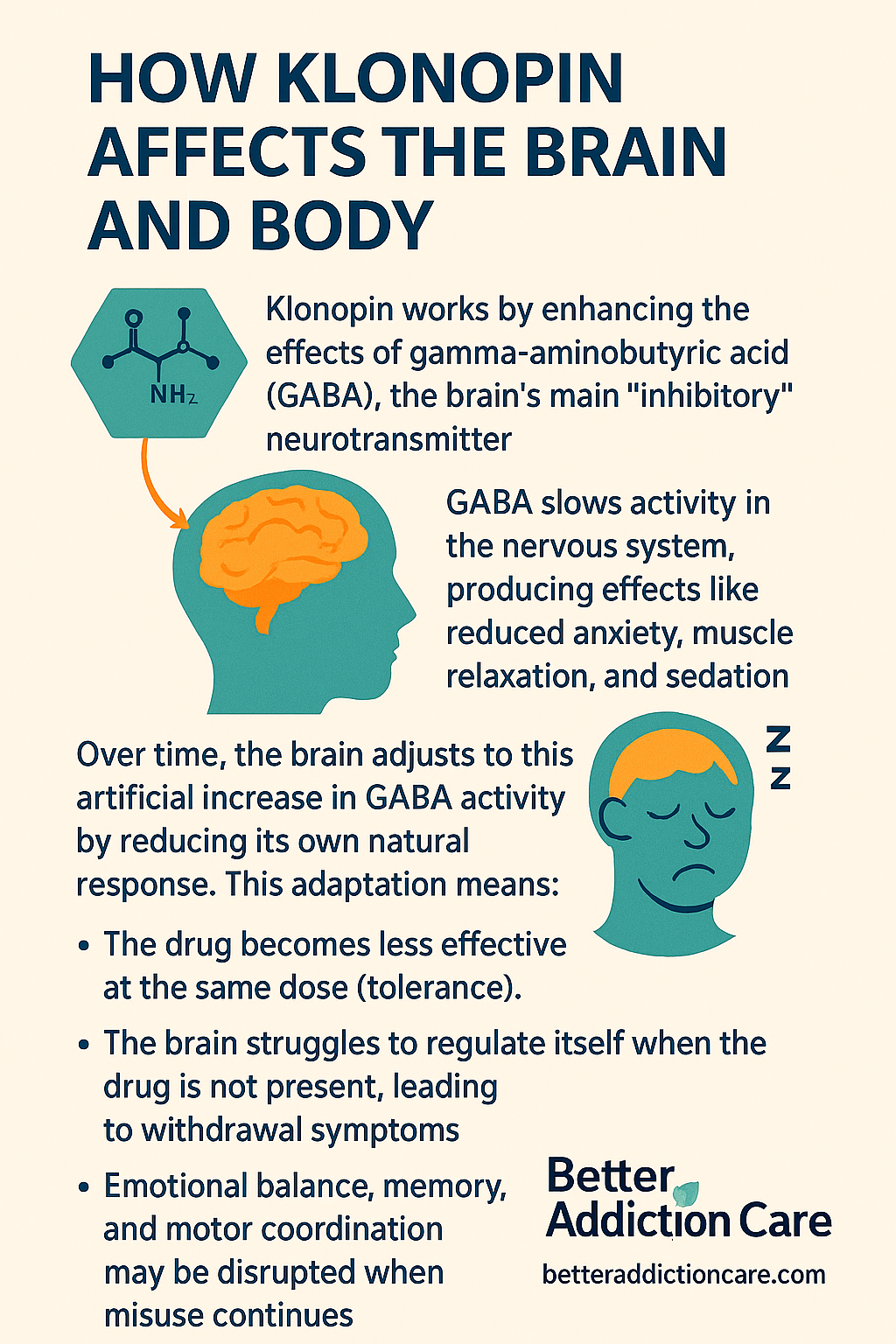
Klonopin (clonazepam), a medication prescribed to manage anxiety, seizures, and panic disorders, may initially offer relief but can gradually lead to dependence and addiction.
Klonopin addiction develops when the brain becomes dependent on the drug’s calming effects, leading to tolerance, escalating use, and difficulty stopping.
Klonopin (clonazepam), a medication prescribed to manage anxiety, seizures, and panic disorders, may initially offer relief but can gradually lead to dependence and addiction.
Klonopin addiction develops when the brain becomes dependent on the drug’s calming effects, leading to tolerance, escalating use, and difficulty stopping.
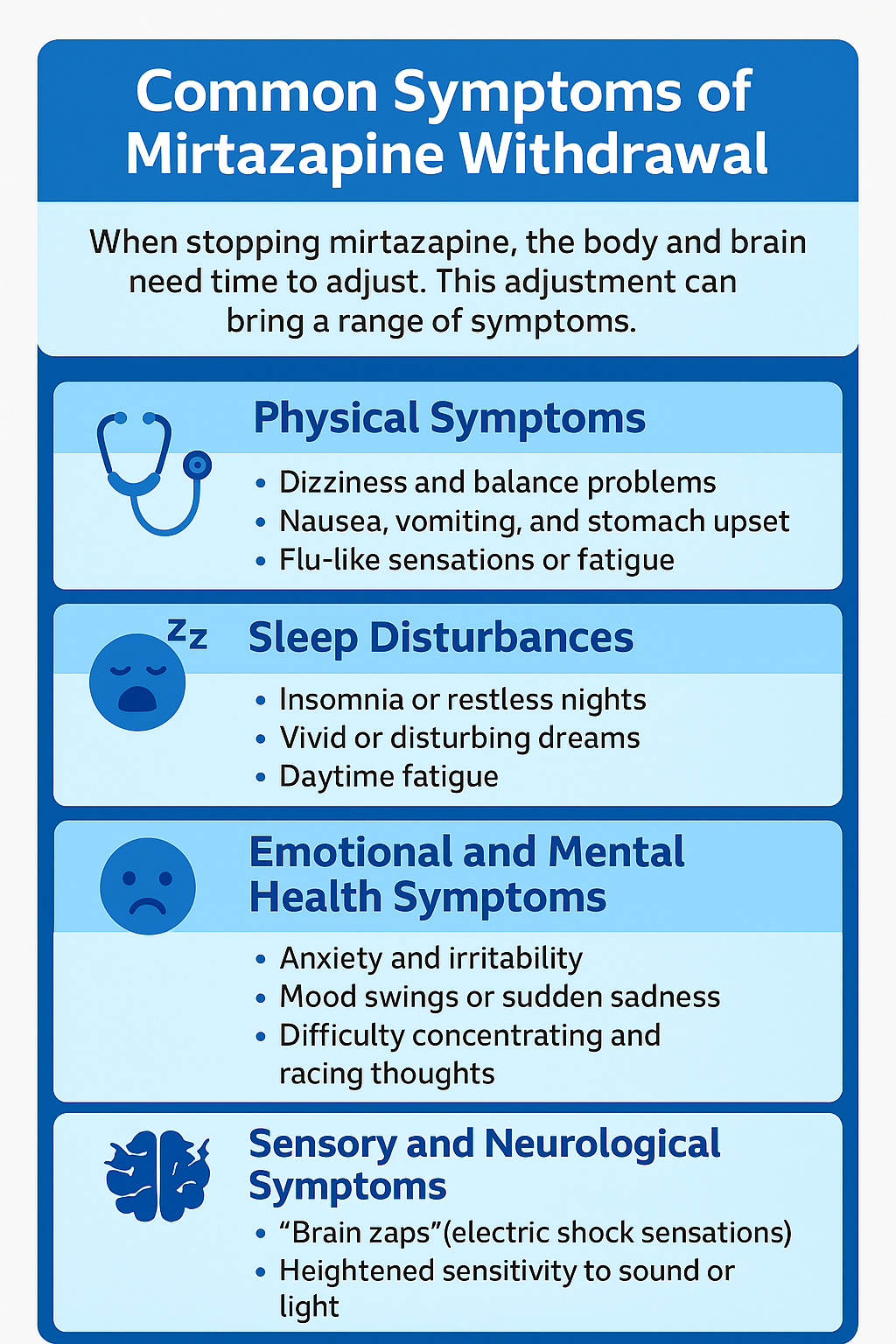 @esle
@esle

Deciding to stop Mirtazapine, also known by its brand name Remeron, often brings more questions than answers. What will the first days feel like? Will the symptoms drag on for weeks? What if my depression or anxiety comes back? These are the kinds of worries that make withdrawal feel so daunting.
Deciding to stop Mirtazapine, also known by its brand name Remeron, often brings more questions than answers. What will the first days feel like? Will the symptoms drag on for weeks? What if my depression or anxiety comes back? These are the kinds of worries that make withdrawal feel so daunting.
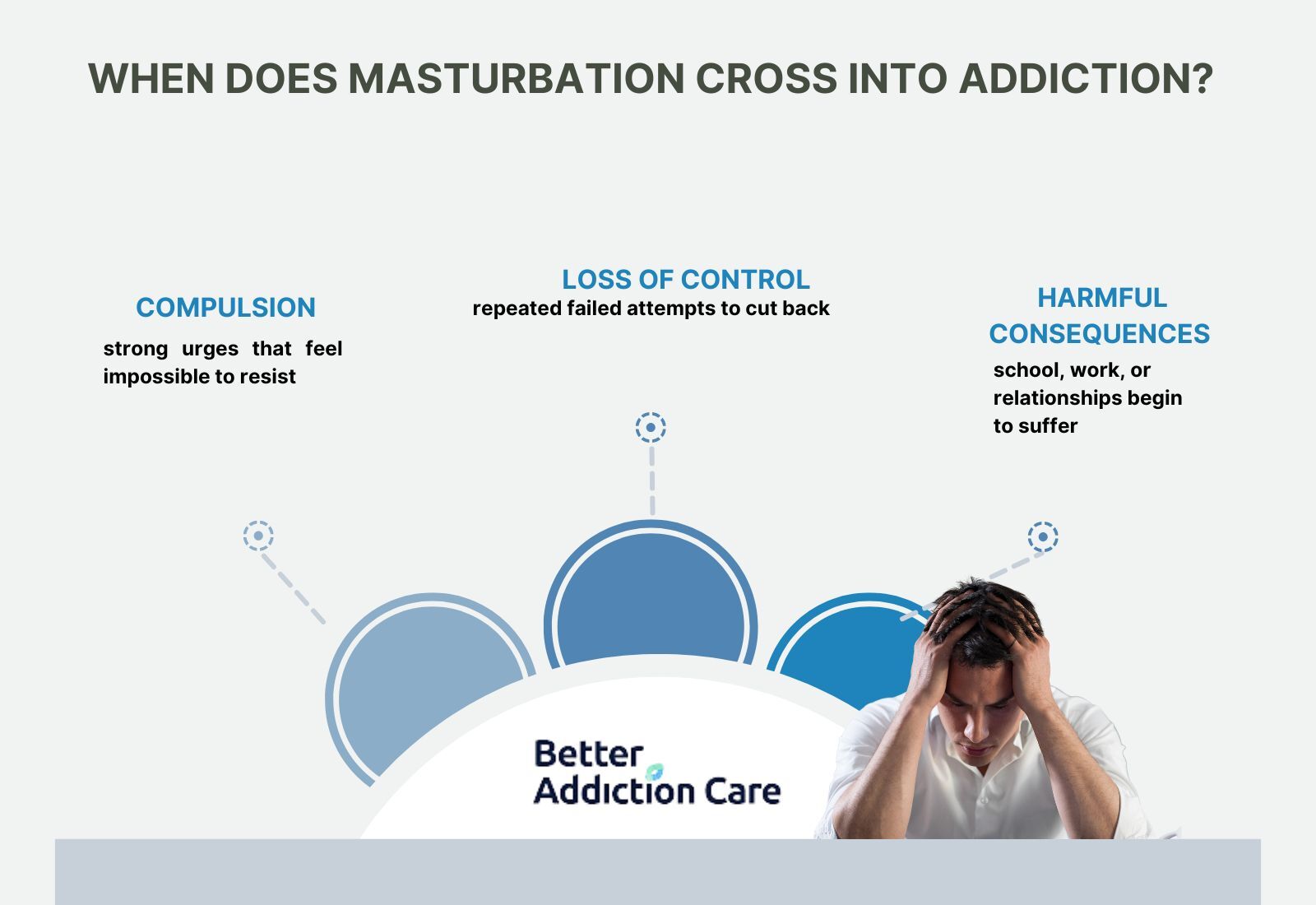
You’re not alone if you’ve ever wondered: “Am I addicted to masturbation?”
For many young men, this question creeps in late at night, after another moment of guilt, secrecy, or frustration.
It’s confusing because by the time masturbation starts to feel compulsive, as it interferes with your goals, your focus, or your relationships, it can feel overwhelming.
You’re not alone if you’ve ever wondered: “Am I addicted to masturbation?”
For many young men, this question creeps in late at night, after another moment of guilt, secrecy, or frustration.
It’s confusing because by the time masturbation starts to feel compulsive, as it interferes with your goals, your focus, or your relationships, it can feel overwhelming.
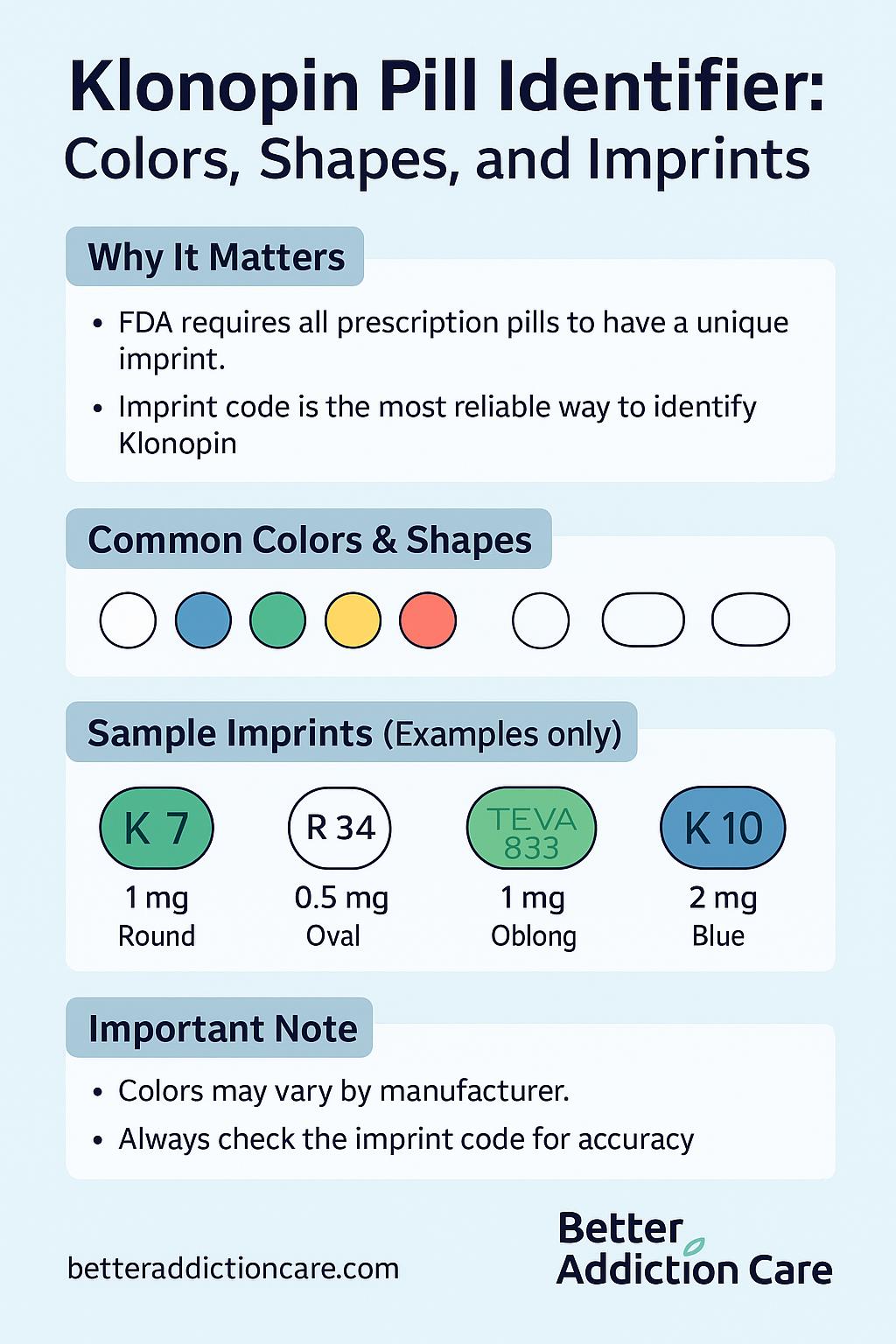 @esle
@esle

Klonopin isn’t just another pill—it’s often a lifeline for those managing anxiety, panic, or seizures. But there’s also worry—What if it isn’t the right pill?
What if this refill looks different? Or worse, what if it’s counterfeit? Klonopin can be reliably identified by its FDA-approved colors, shapes, and imprints.
Klonopin isn’t just another pill—it’s often a lifeline for those managing anxiety, panic, or seizures. But there’s also worry—What if it isn’t the right pill?
What if this refill looks different? Or worse, what if it’s counterfeit? Klonopin can be reliably identified by its FDA-approved colors, shapes, and imprints.
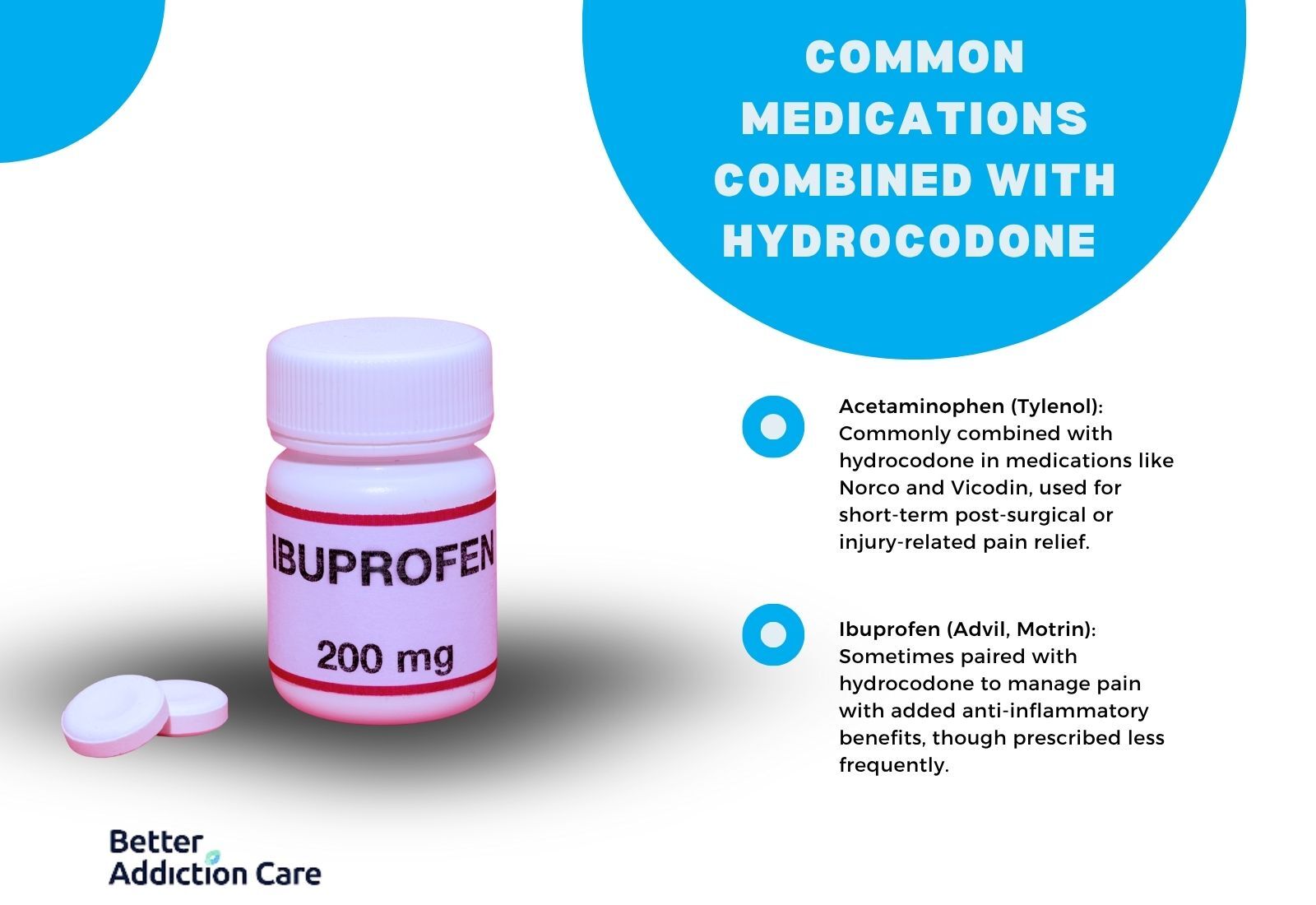 @esle
@esle

You spot a small white oval pill on the counter and wonder what it could be. At first, it looks like any other prescription tablet—but could it be hydrocodone?
The only way to know for sure is by checking its imprint code, along with its shape and color. Every hydrocodone pill in the U.S. is required by the FDA to have a unique imprint that confirms its ingredients and strength.
Knowing how to recognize these pills isn’t just useful—it’s a safeguard against mistakes and misuse.
You spot a small white oval pill on the counter and wonder what it could be. At first, it looks like any other prescription tablet—but could it be hydrocodone?
The only way to know for sure is by checking its imprint code, along with its shape and color. Every hydrocodone pill in the U.S. is required by the FDA to have a unique imprint that confirms its ingredients and strength.
Knowing how to recognize these pills isn’t just useful—it’s a safeguard against mistakes and misuse.
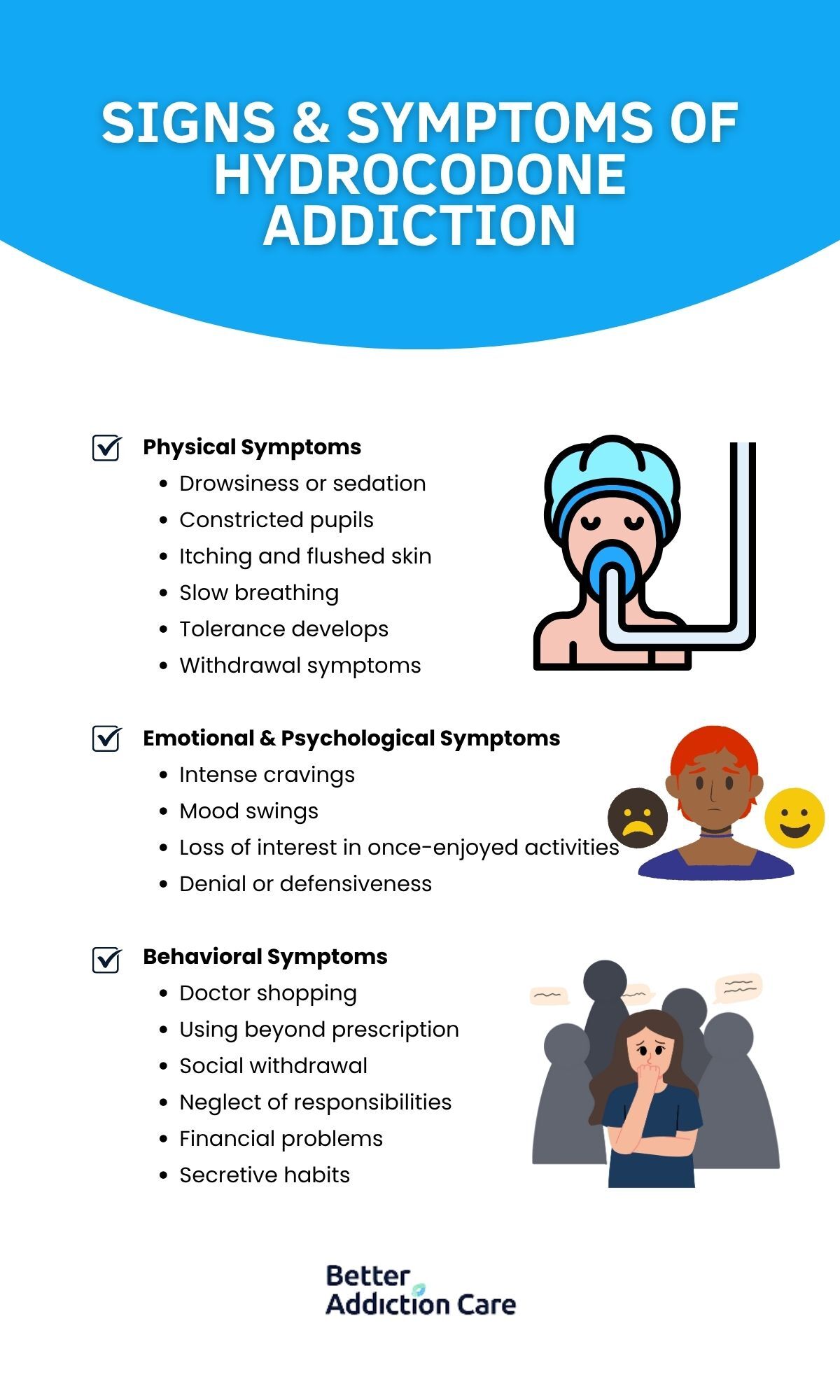
Hydrocodone is prescribed to ease pain, but for many, it brings a very different kind of suffering, dependence that reshapes health, relationships, and daily life.
What begins as relief after an injury or surgery can quietly progress into cravings, withdrawal symptoms, and cycles that feel impossible to break.
For care providers, families, and people around, this shift is heartbreaking to watch; for individuals, it’s overwhelming to live through.
Given the challenges, a critical question arises: What exactly is hydrocodone addiction, how does it affect people, and what can be done to treat it?
Hydrocodone addiction develops when repeated use rewires the brain’s reward system, leading to tolerance, dependence, and withdrawal if use stops.
Hydrocodone is prescribed to ease pain, but for many, it brings a very different kind of suffering, dependence that reshapes health, relationships, and daily life.
What begins as relief after an injury or surgery can quietly progress into cravings, withdrawal symptoms, and cycles that feel impossible to break.
For care providers, families, and people around, this shift is heartbreaking to watch; for individuals, it’s overwhelming to live through.
Given the challenges, a critical question arises: What exactly is hydrocodone addiction, how does it affect people, and what can be done to treat it?
Hydrocodone addiction develops when repeated use rewires the brain’s reward system, leading to tolerance, dependence, and withdrawal if use stops.
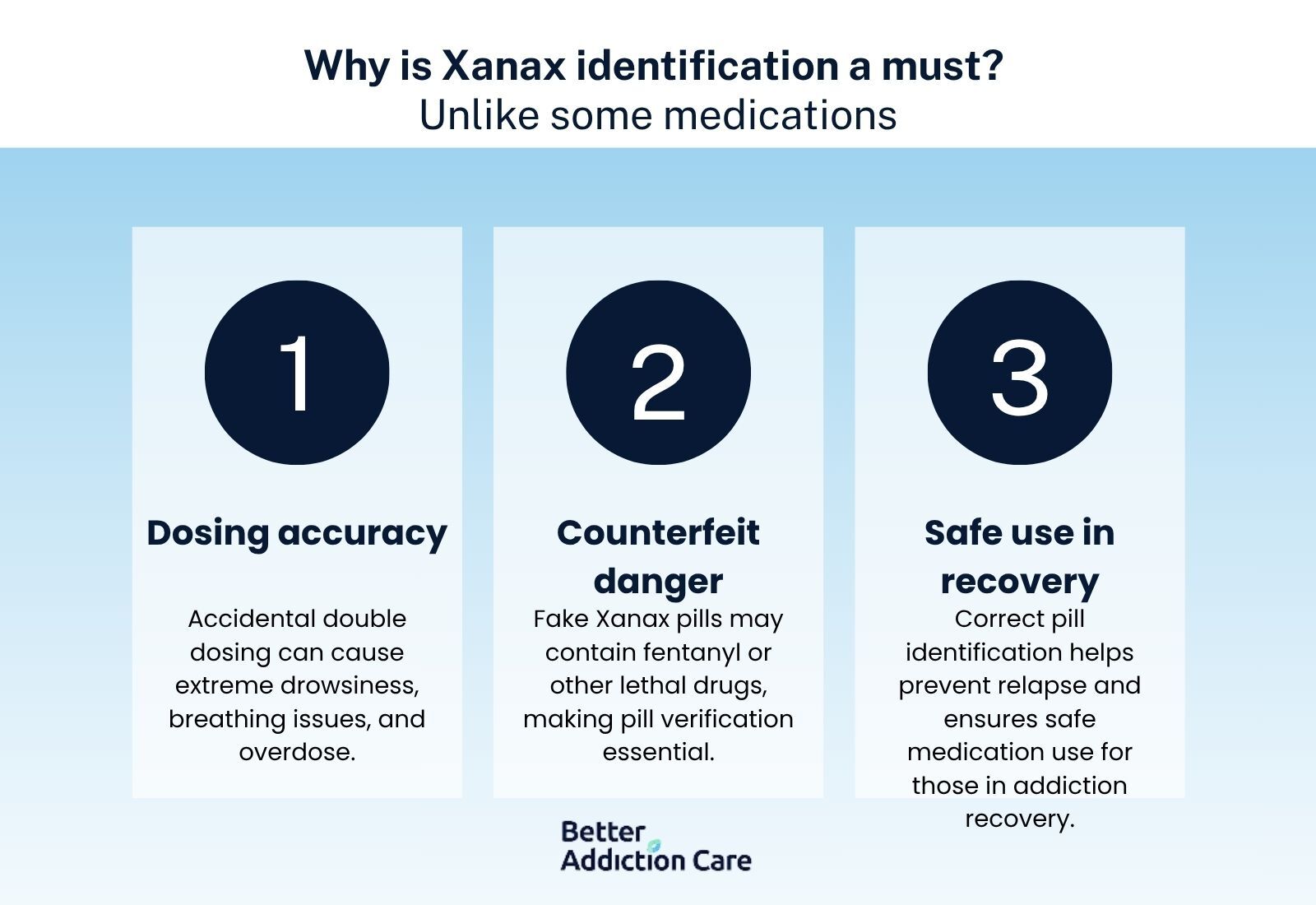 @esle
@esle

Xanax (alprazolam) comes in many colors, shapes, and strengths, which can make it confusing to tell pills apart.
While these features are designed to help with identification, counterfeit Xanax is widespread and often looks nearly identical to the real thing.
The most important rule: color or shape alone cannot confirm a pill’s authenticity — only the imprint code can.
Xanax (alprazolam) comes in many colors, shapes, and strengths, which can make it confusing to tell pills apart.
While these features are designed to help with identification, counterfeit Xanax is widespread and often looks nearly identical to the real thing.
The most important rule: color or shape alone cannot confirm a pill’s authenticity — only the imprint code can.
Struggling to stop masturbation that feels out of control can leave you exhausted, embarrassed, and stuck in a loop of secrecy and shame. That’s common — and it doesn’t mean you’re a bad person.
Struggling to stop masturbation that feels out of control can leave you exhausted, embarrassed, and stuck in a loop of secrecy and shame. That’s common — and it doesn’t mean you’re a bad person.
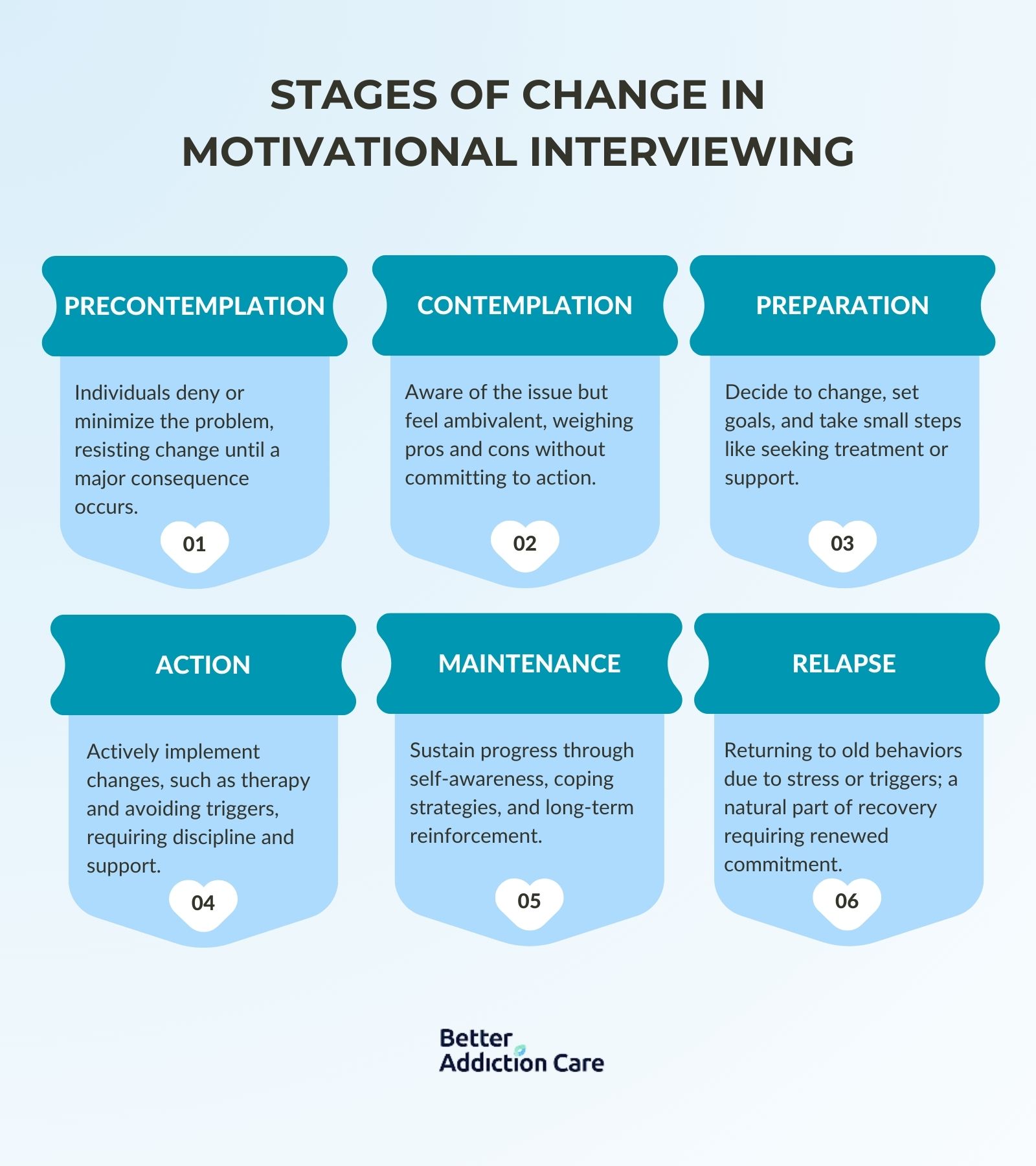
Motivational Interviewing (MI) is designed to enhance motivation for change by resolving ambivalence. It is particularly effective in helping individuals explore their motivations and commitment to changing behaviors like substance use or mental health issues.
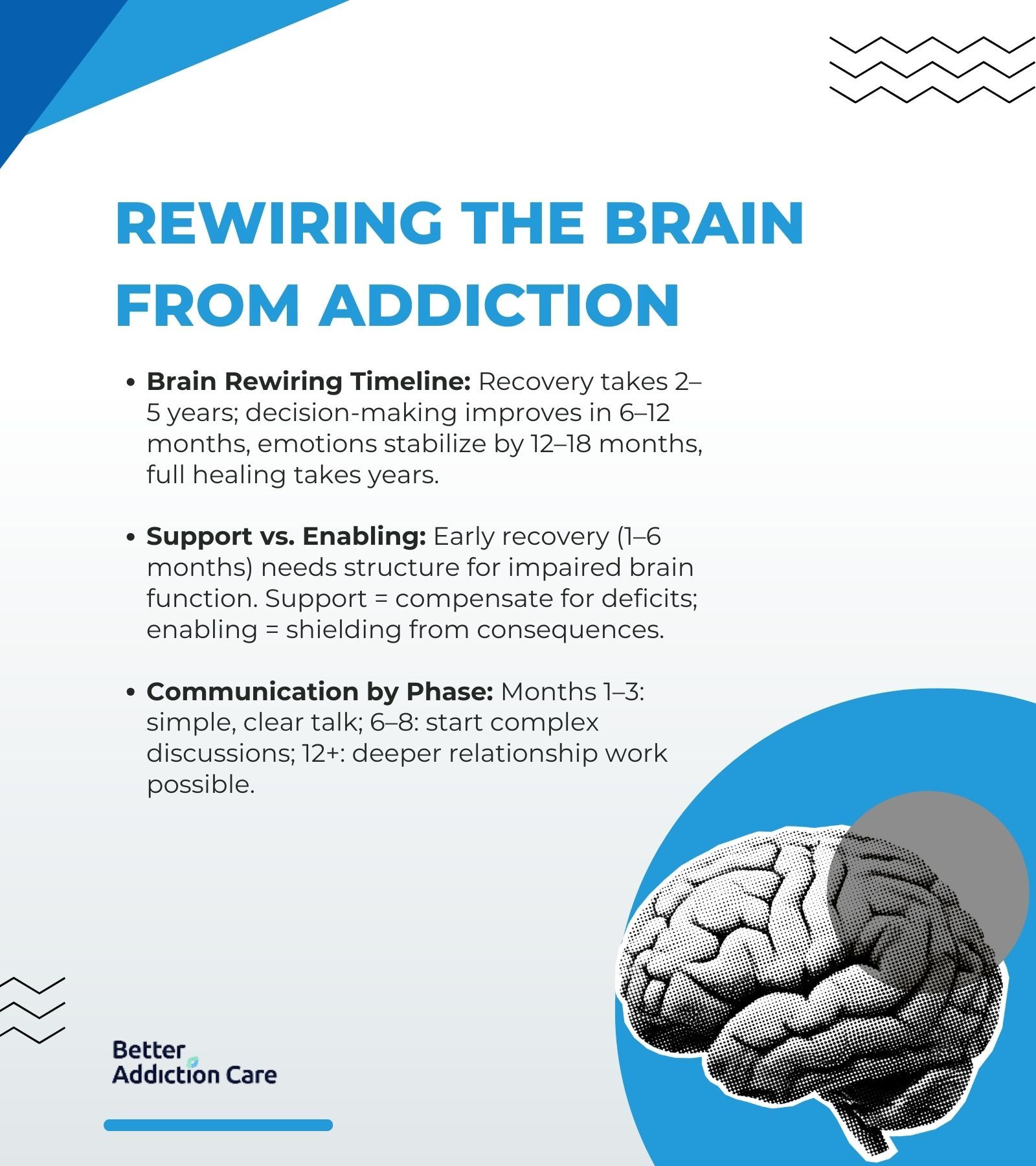
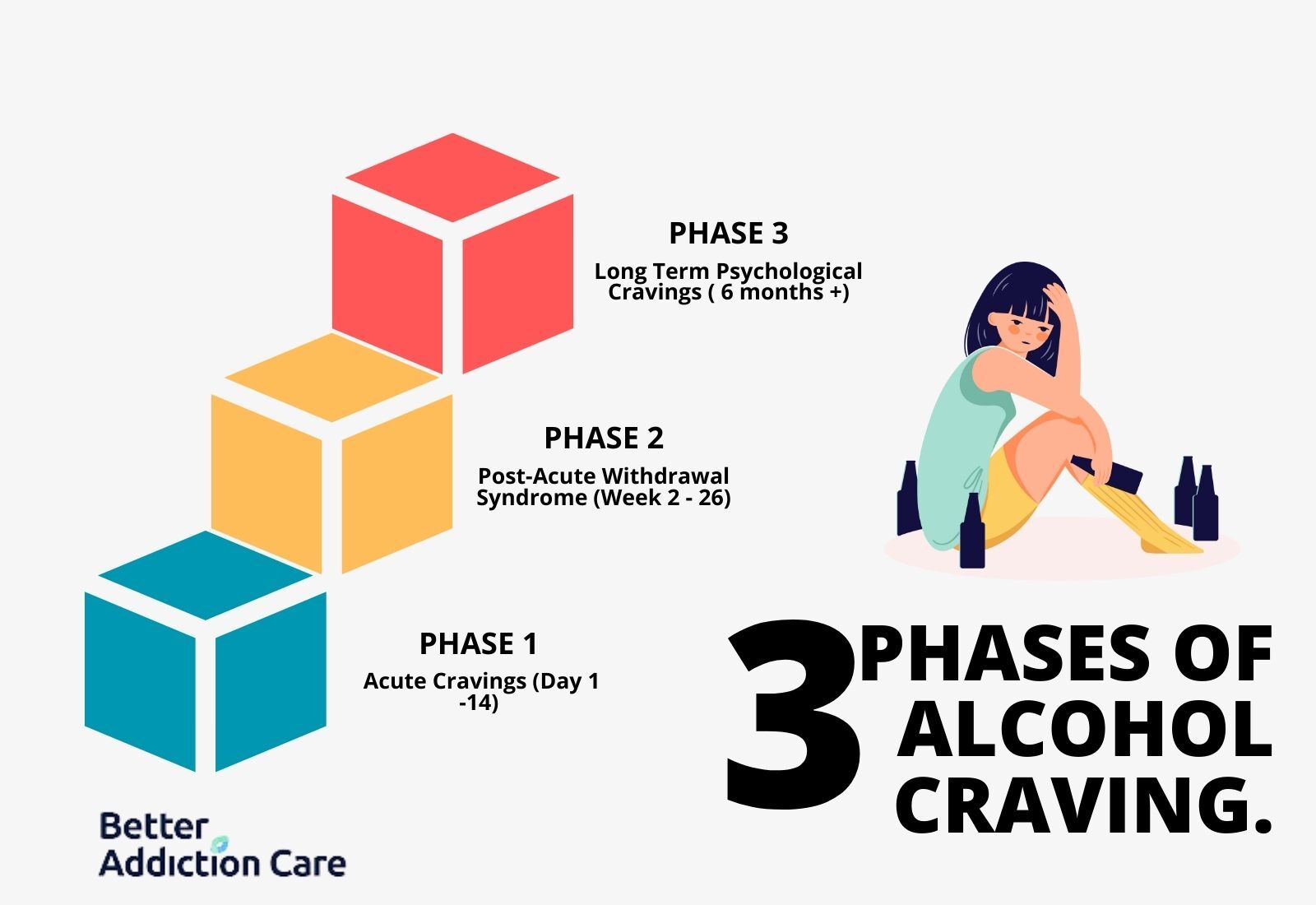
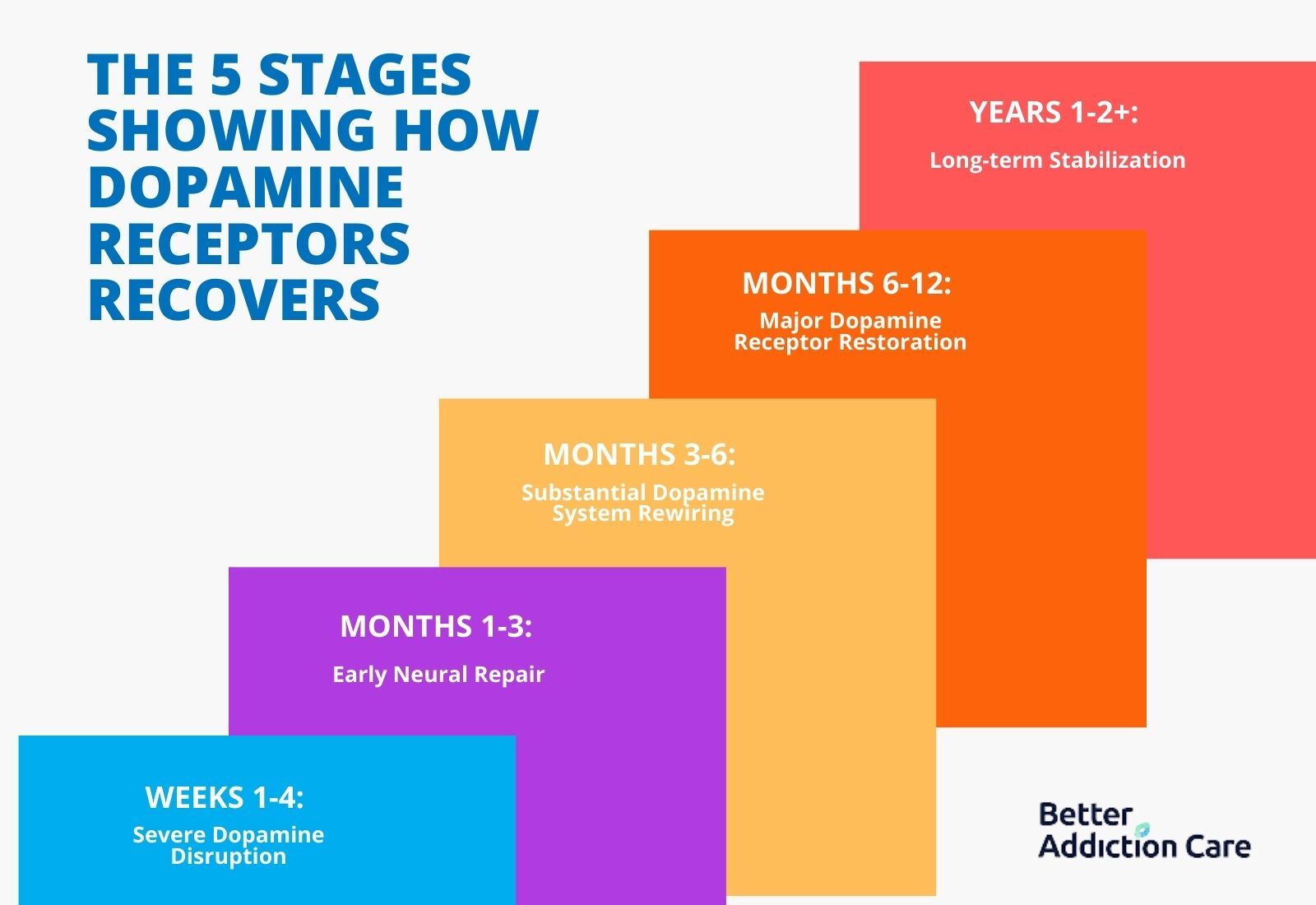
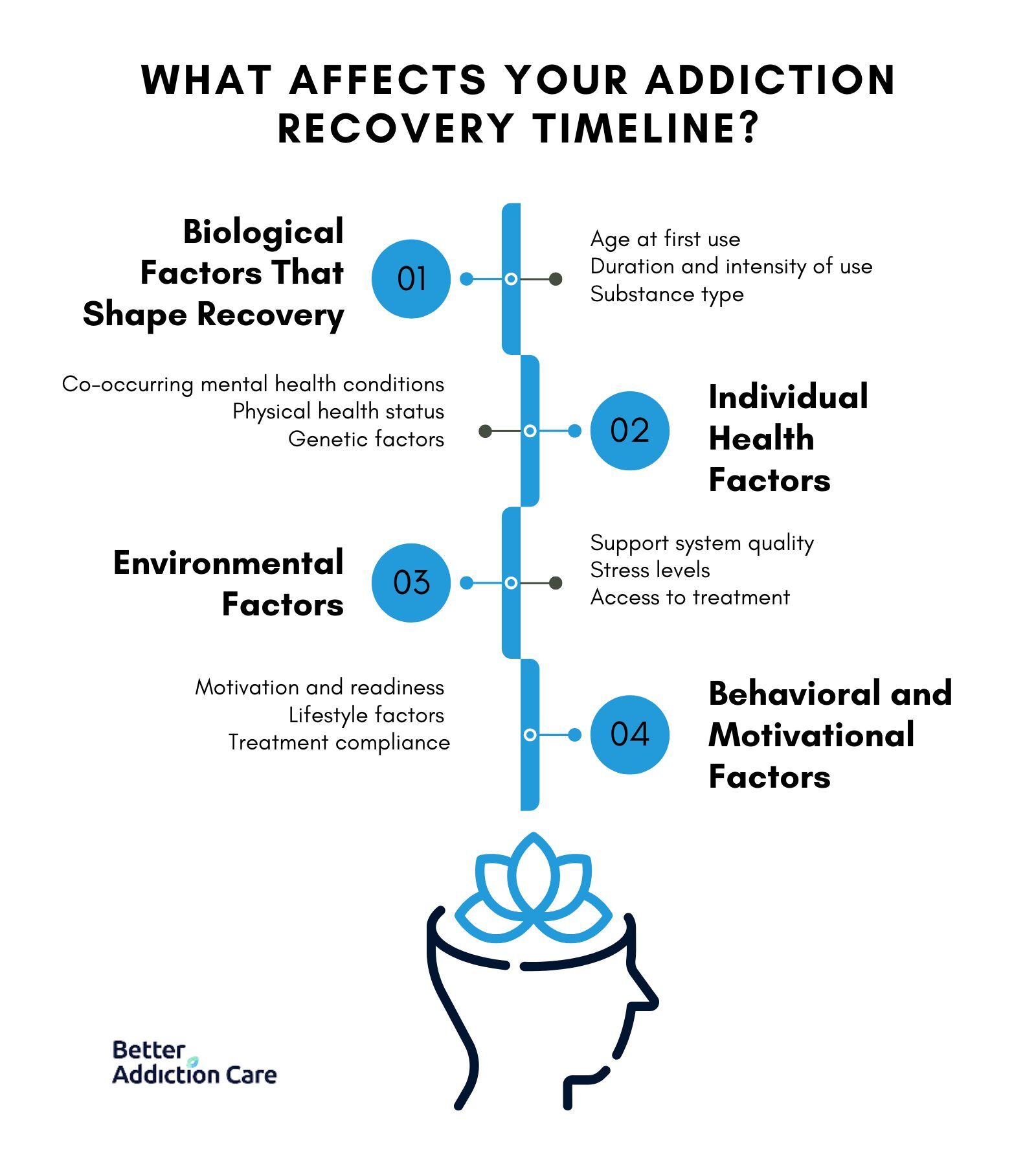
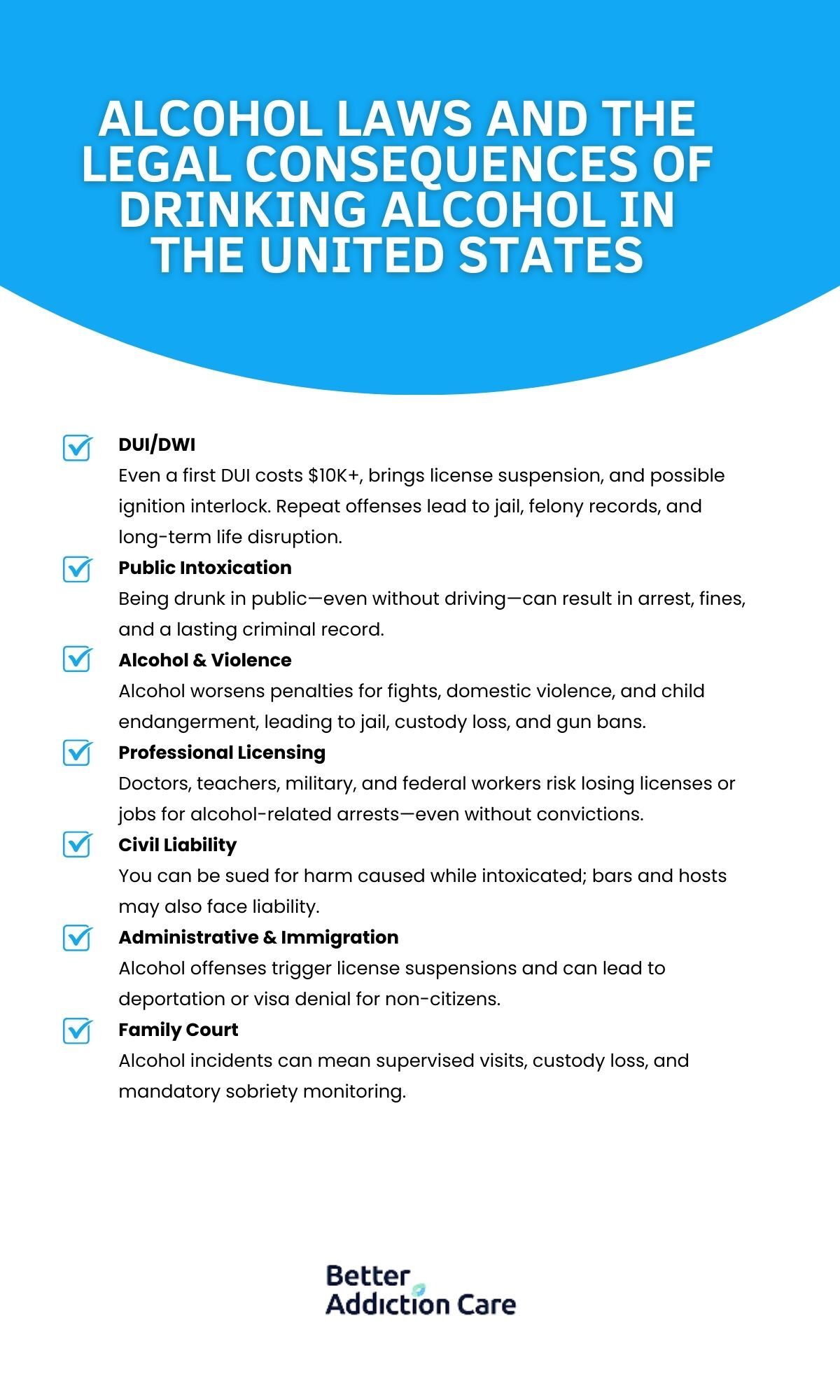
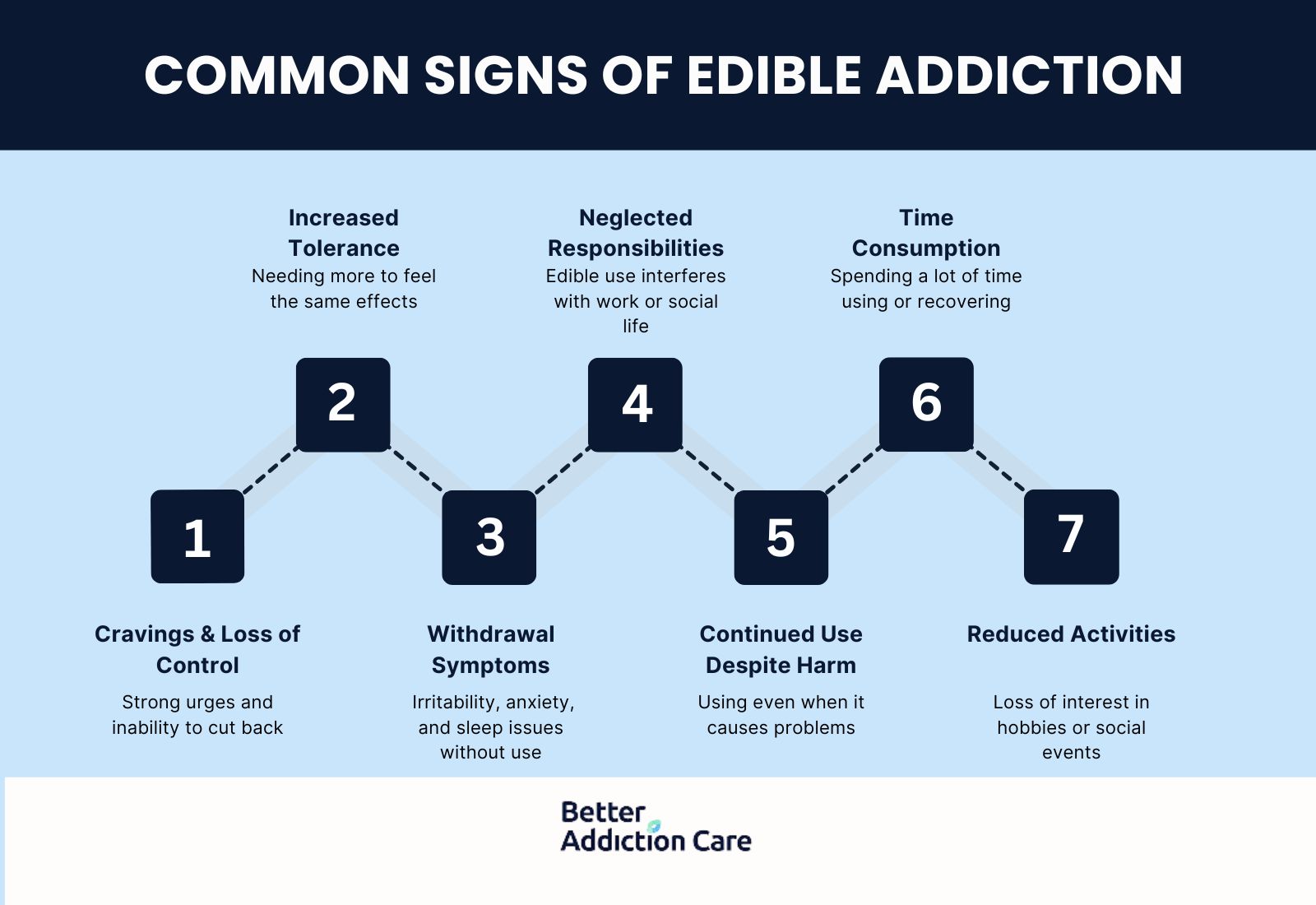 @esle
@esle

Edibles are addictive their high THC potency, delayed onset of effects, and potential for behavioral dependence. cannabis edibles are addictive, especially with frequent or high-dose use.Common signs of edible addiction include cravings and loss of control, increased tolerance, withdrawal symptoms, neglect of responsibilities, persistent use despite harm, time spent using or recovering, and reduced engagement in important activities.
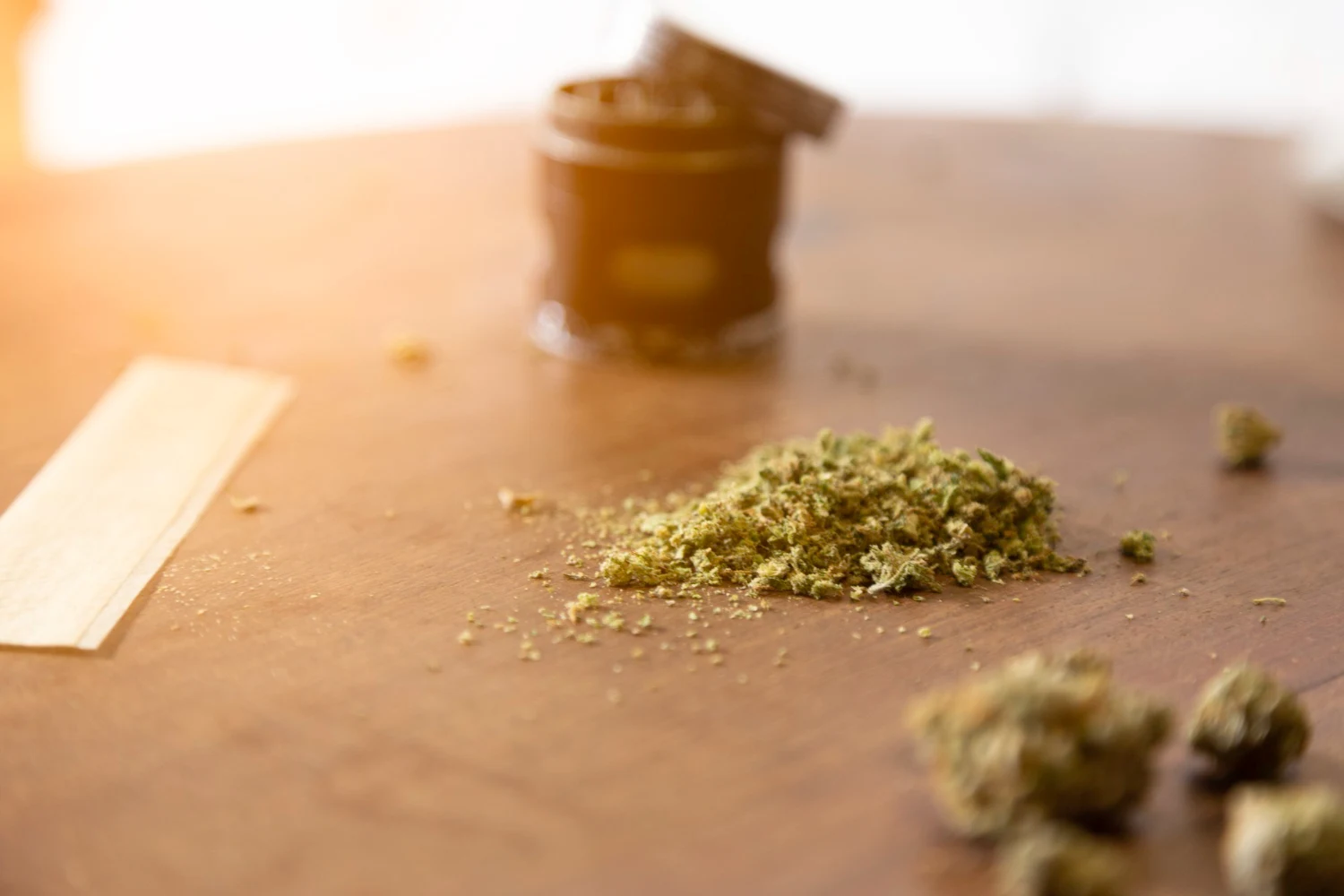 @esle
@esle

When most people hear the term ‘weed’ they will automatically know it refers to marijuana. Laced weed, however, may not ring a bell to you even though it is far more dangerous. Laced weed refers to marijuana that has been laced with other substances, which, in turn, can cause serious consequences to consumers.
